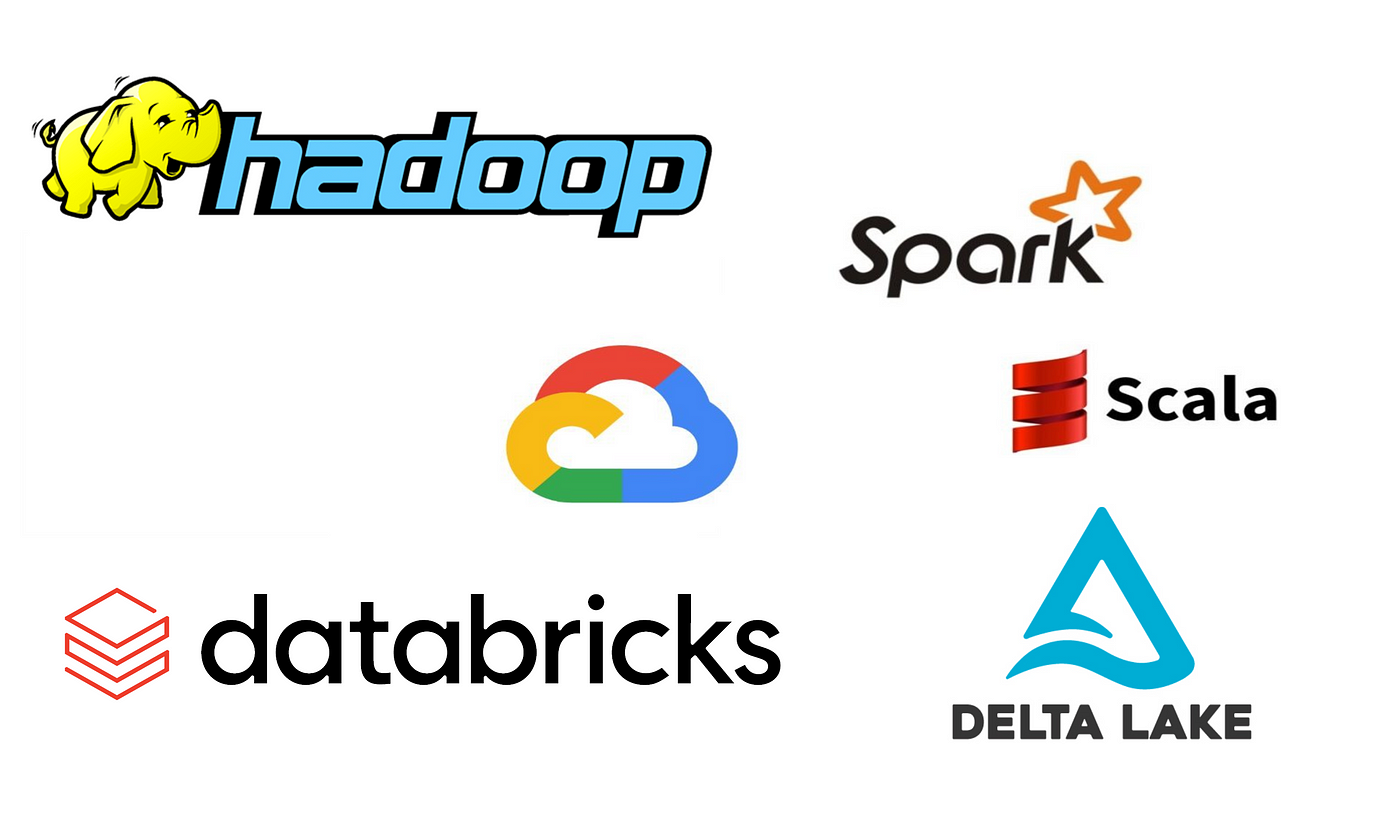How does Databricks compare to Hadoop?
 Mudassar Khani
Mudassar Khani
Databricks and Hadoop are both powerful platforms for processing and analyzing large datasets, but they have different architectures, capabilities, and approaches to handling big data. Here's a comparison between the two:
1. Architecture
Databricks:
Built on top of Apache Spark, Databricks provides a unified platform for data engineering, data science, and machine learning.
It is a cloud-native platform, meaning it is designed to run on cloud infrastructure (AWS, Azure, Google Cloud), taking advantage of cloud scalability, elasticity, and services.
Databricks provides a fully managed environment, with integrated notebooks, collaboration tools, and support for various languages (Python, R, Scala, SQL).
It abstracts much of the complexity of managing infrastructure, allowing users to focus on data and analytics tasks.
Hadoop:
Apache Hadoop is an open-source framework that provides distributed storage and processing of large data sets using the Hadoop Distributed File System (HDFS) and MapReduce for processing.
Hadoop is generally deployed on-premises or in a cloud, but it requires significant setup and maintenance of the underlying infrastructure, including managing the Hadoop cluster, HDFS, and associated tools.
Hadoop’s ecosystem includes tools like Hive (SQL-like querying), Pig (data flow scripting), HBase (NoSQL database), and YARN (resource management).
2. Data Processing
Databricks:
Databricks uses Apache Spark for data processing, which is known for its in-memory processing capabilities, allowing it to be much faster than Hadoop MapReduce for many tasks.
Spark supports a variety of workloads, including batch processing, real-time streaming, machine learning, and graph processing, all within the same engine.
Databricks also provides optimized connectors for a wide range of data sources and has built-in support for Delta Lake, which enhances Spark with ACID transactions and schema management.
Hadoop:
Hadoop primarily relies on MapReduce for processing, which writes intermediate results to disk, making it slower than Spark for many operations, especially those requiring iterative processing.
Hadoop is better suited for batch processing but can be extended with other tools like Storm or Flink for real-time processing.
Hadoop has a more complex ecosystem with many different components (Hive, Pig, etc.) that need to be integrated and managed, which can make it more challenging to work with.
3. Ease of Use
Databricks:
Databricks provides an intuitive, collaborative environment with notebooks that support multiple languages, allowing data engineers, data scientists, and analysts to work together seamlessly.
It abstracts the complexities of Spark, making it easier for users to perform data processing and machine learning tasks without deep knowledge of Spark internals.
Automated cluster management, integrated ML tools, and collaboration features reduce the operational overhead and simplify the user experience.
Hadoop:
Hadoop requires more expertise to set up, configure, and maintain. Users need to manage various components, optimize performance, and handle data storage and processing configurations.
Writing MapReduce jobs requires more complex coding compared to using higher-level APIs available in Spark (such as DataFrames in Databricks).
Hadoop lacks the collaborative, notebook-driven environment that Databricks offers, often requiring more traditional development and deployment workflows.
4. Scalability and Performance
Databricks:
Databricks is designed to scale elastically with cloud infrastructure, making it easy to adjust resources based on workload demands.
Spark's in-memory processing gives Databricks a significant performance advantage, especially for iterative algorithms, machine learning, and real-time data processing.
Hadoop:
Hadoop is also highly scalable but relies on adding more nodes to the cluster to handle larger datasets. However, this scaling is typically more rigid and involves more complex configurations.
Hadoop’s performance is generally slower due to its disk-based MapReduce processing, which involves more I/O operations compared to Spark's in-memory computations.
5. Use Cases
Databricks:
Ideal for organizations that need a unified platform for big data processing, machine learning, and collaborative analytics.
Suitable for cloud-native environments where elasticity, ease of use, and integration with cloud services are important.
Commonly used in data science, advanced analytics, and scenarios requiring real-time data processing.
Hadoop:
Often used in traditional big data environments where large-scale batch processing is the primary need.
Suitable for on-premises deployments or hybrid cloud environments where organizations have existing investments in Hadoop infrastructure.
Used in environments where a broader ecosystem of Hadoop tools is required, such as using HDFS for distributed storage or Hive for SQL queries on large datasets.
6. Cost and Maintenance
Databricks:
As a managed service, Databricks can reduce the cost and complexity of maintaining big data infrastructure, but it may have higher usage costs depending on the scale and cloud provider.
It is a pay-as-you-go service, allowing organizations to optimize costs by scaling resources up or down based on demand.
Hadoop:
Hadoop can be more cost-effective for large, stable workloads that justify the investment in infrastructure and maintenance.
However, the cost of maintaining a Hadoop cluster, including hardware, power, and skilled personnel, can be significant.
7. Security and Compliance
Databricks:
Databricks offers robust security features, including data encryption, access control, and compliance with various industry standards (e.g., GDPR, HIPAA).
Integrated with cloud security features and supports fine-grained access controls and audit logs.
Hadoop:
Hadoop security has improved over time with features like Kerberos authentication, encryption, and fine-grained access control, but it requires careful configuration and management.
Compliance and security are largely dependent on how the Hadoop cluster and its ecosystem are managed and configured.
Summary:
Databricks is a modern, cloud-native platform that simplifies big data processing, offers superior performance with in-memory computing, and is ideal for collaborative and real-time analytics tasks. It is easier to use, manage, and scale, especially for organizations leveraging cloud environments.
Hadoop is a more traditional big data framework, well-suited for batch processing and large-scale data storage, but it requires more expertise to manage and lacks the flexibility and performance of Databricks for many modern data workloads.
The choice between the two often depends on the specific needs of the organization, the existing infrastructure, and the expertise available.
Subscribe to my newsletter
Read articles from Mudassar Khani directly inside your inbox. Subscribe to the newsletter, and don't miss out.
Written by

Mudassar Khani
Mudassar Khani
Web Developer by profession. Data Engineer by passion.